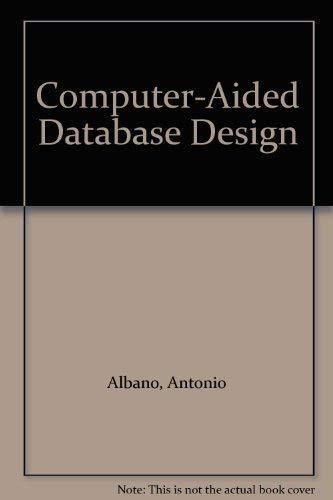Question
The Java API contains two important structures for managing array-based lists. One, the Vector , manages lists in a thread-safe manner (for concurrency) and the
The Java API contains two important structures for managing array-based lists. One, the Vector, manages lists in a thread-safe manner (for concurrency) and the other, the newer ArrayList, does the same but without the overhead required for multiprocessing thread-safety. How do these implementations compare with our own? Look at the online Java API documentation for both and post the following five details, for each of them, into a text file, attach it back to this assignment and send it in (you should have five methods listed for the Vector and another five listed for the ArrayList in a tabular arrangement):
Activity:
Find the methods in Vector and ArrayList that most closely match our own List methods of:
Book's ArrayListClass Java's Vector Java's ArrayList ------------------------- ------------------------- ------------------------- 1. isEmpty 2. retrieveAt 3. seqSearch 4. removeAt 5. listSize
Now be careful! Compare our methods not necessarily by their names, but by their function, parameters and return types.
ArrayListClass // Not complete UML
--------------------------------------
#length: int
#maxSize: int
#list: DataElement[ ]
--------------------------------------
...
+isEmpty(): boolean // Determines whether if list is empty. Returns true if list is empty
+retrieveAt (int) : DataElement // Retrieves the element from the list at the position specified by location. A copy of the element at the position specified by location is returned.
+seqSearch (DataElement): int // Determines whether searchItem is in the list. returns location on where it is found, otherwise returns -1.
+removeAt(int): void // Removes item from the list at the position specified by location.
The list element at list[location] is removed/length decremented by 1
+listSize(): int // returns the number of elements in the list. Returns the value of length
Step by Step Solution
There are 3 Steps involved in it
Step: 1

Get Instant Access to Expert-Tailored Solutions
See step-by-step solutions with expert insights and AI powered tools for academic success
Step: 2

Step: 3

Ace Your Homework with AI
Get the answers you need in no time with our AI-driven, step-by-step assistance
Get Started


